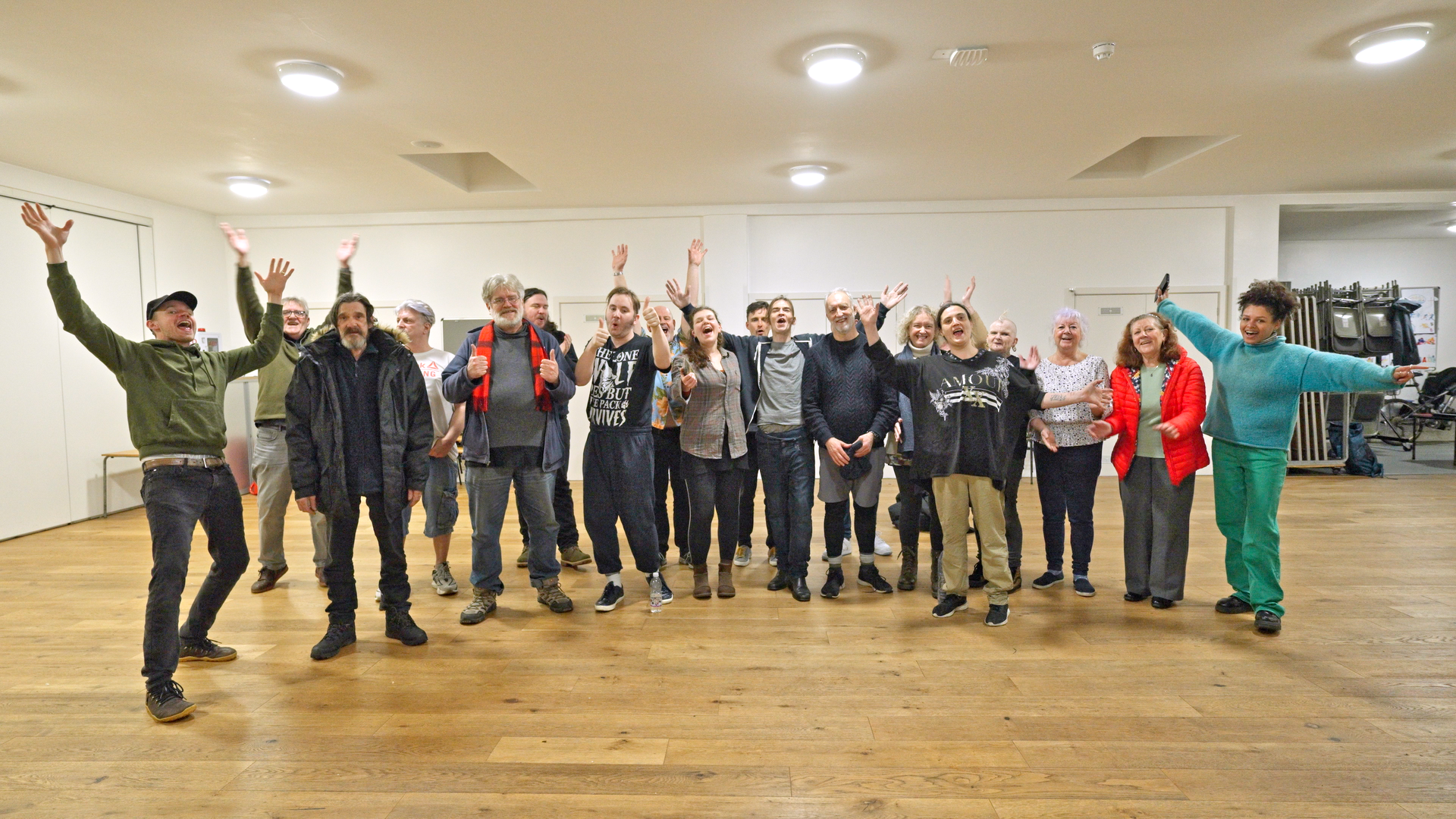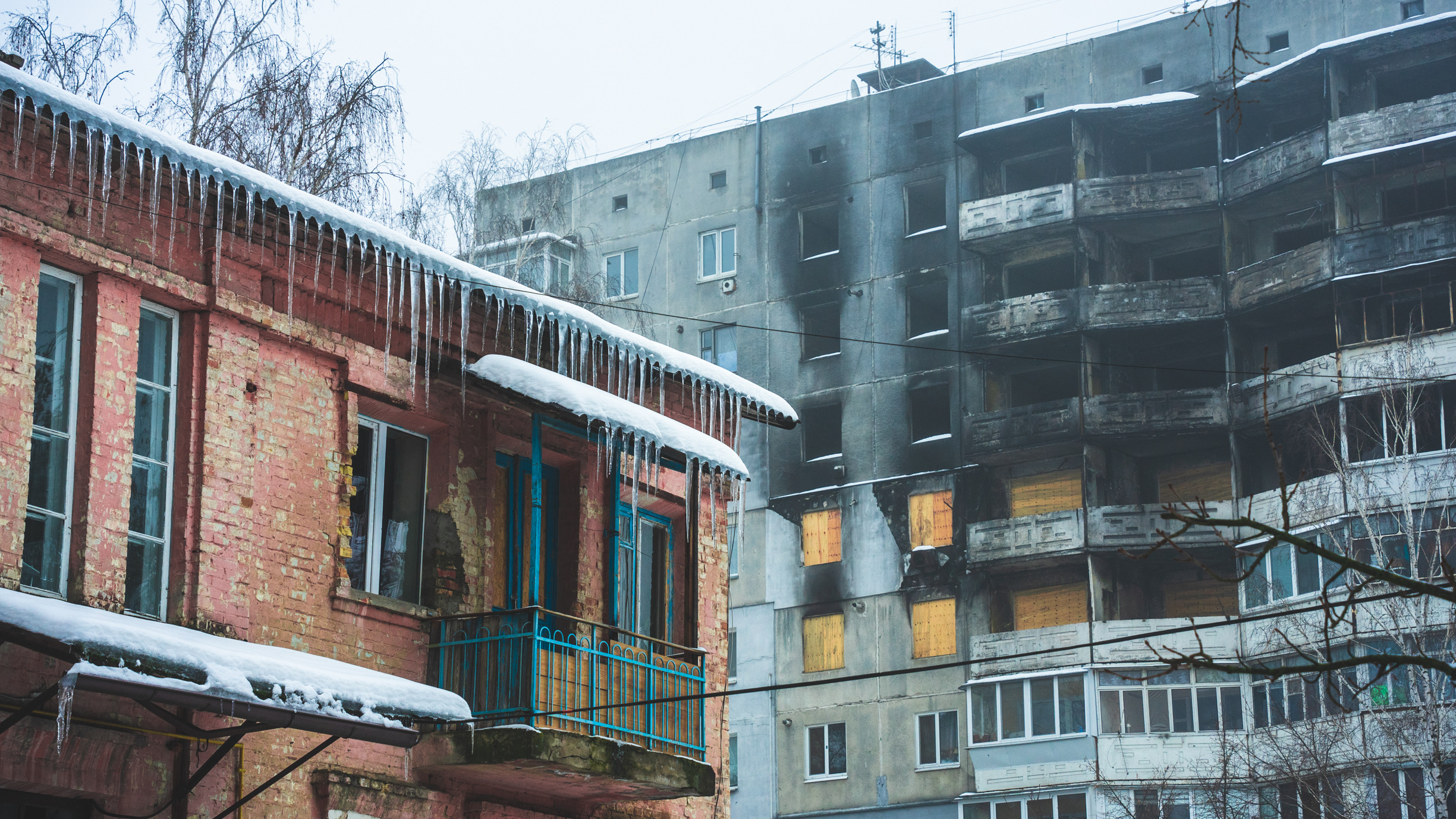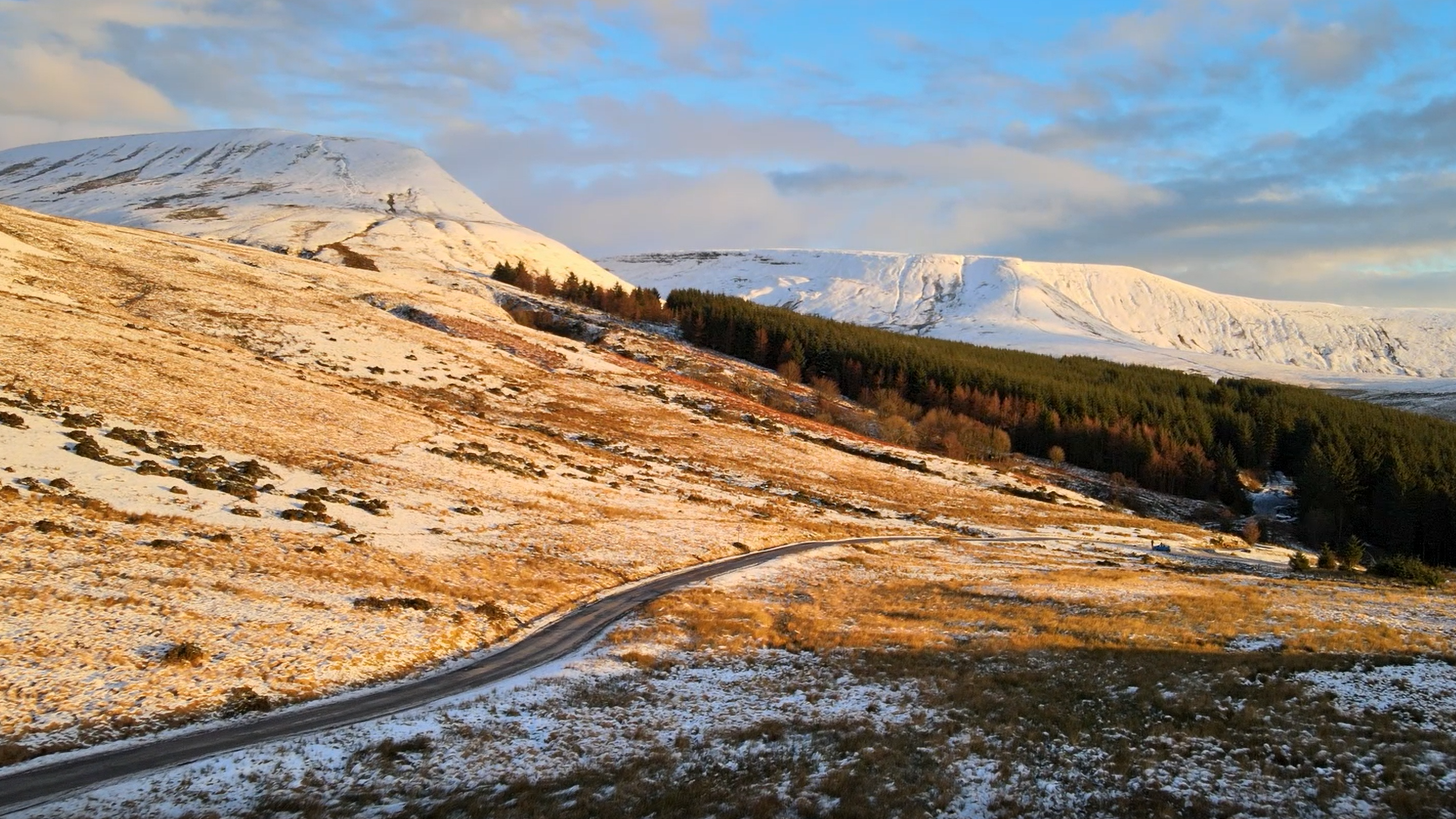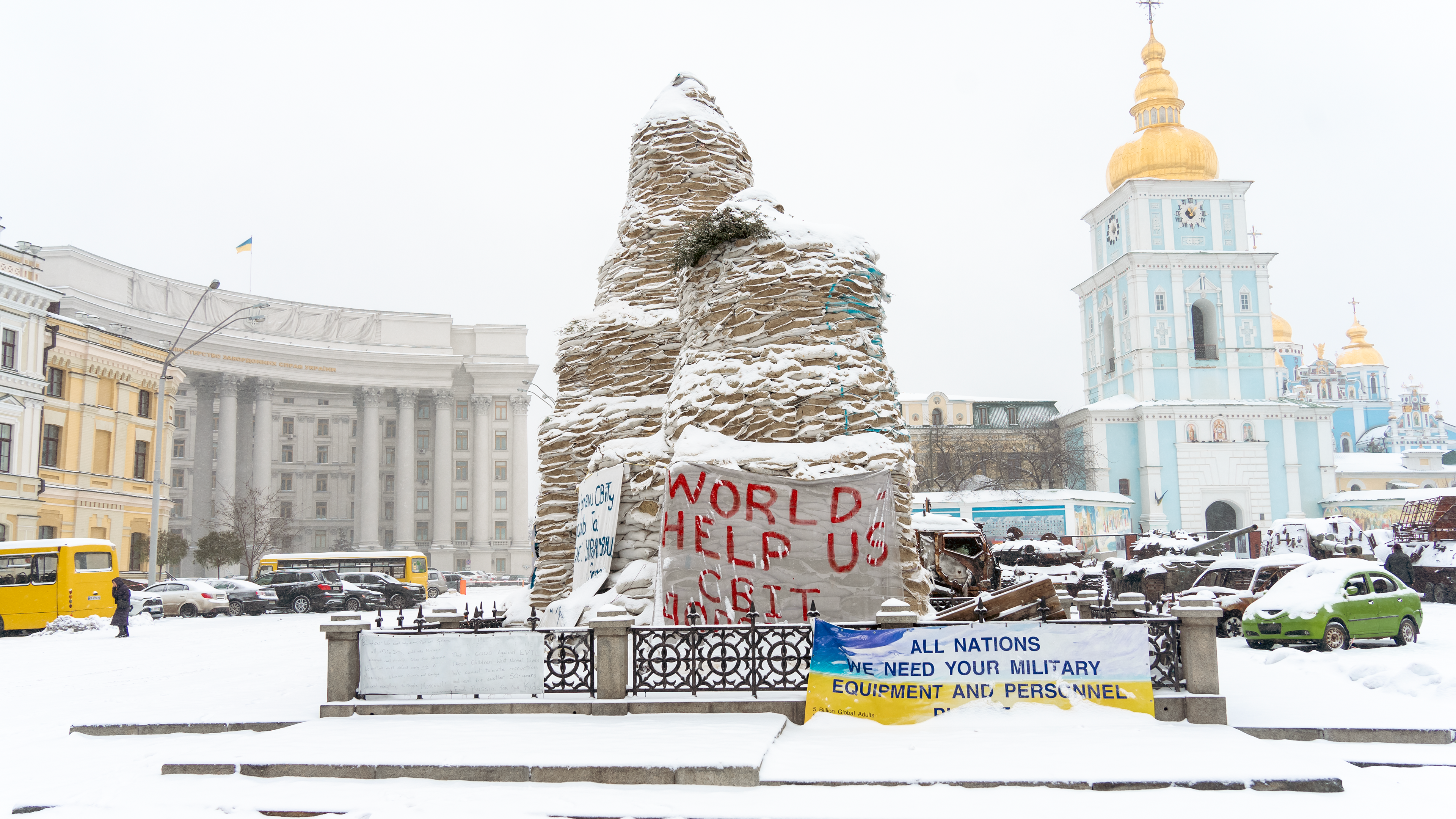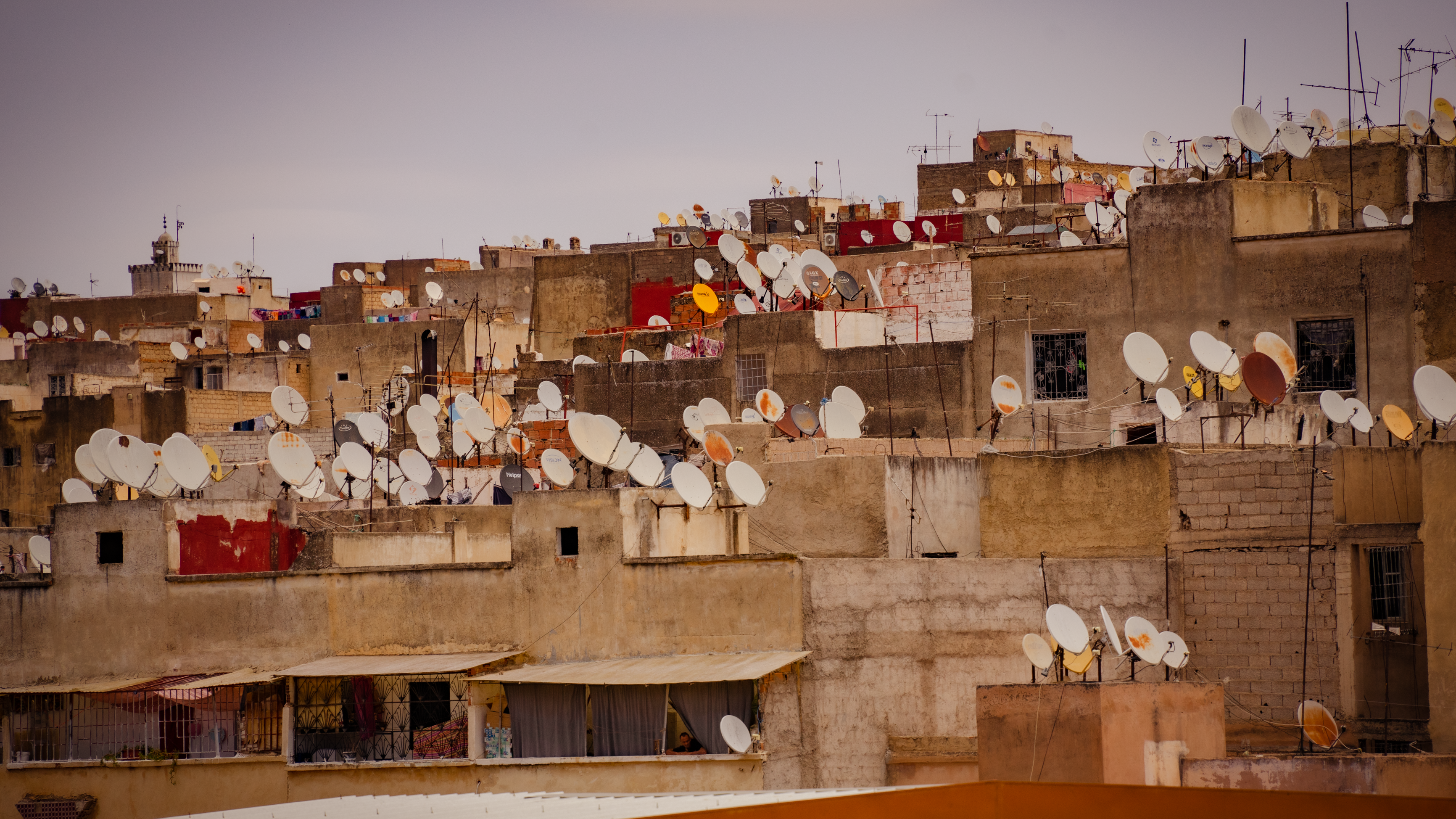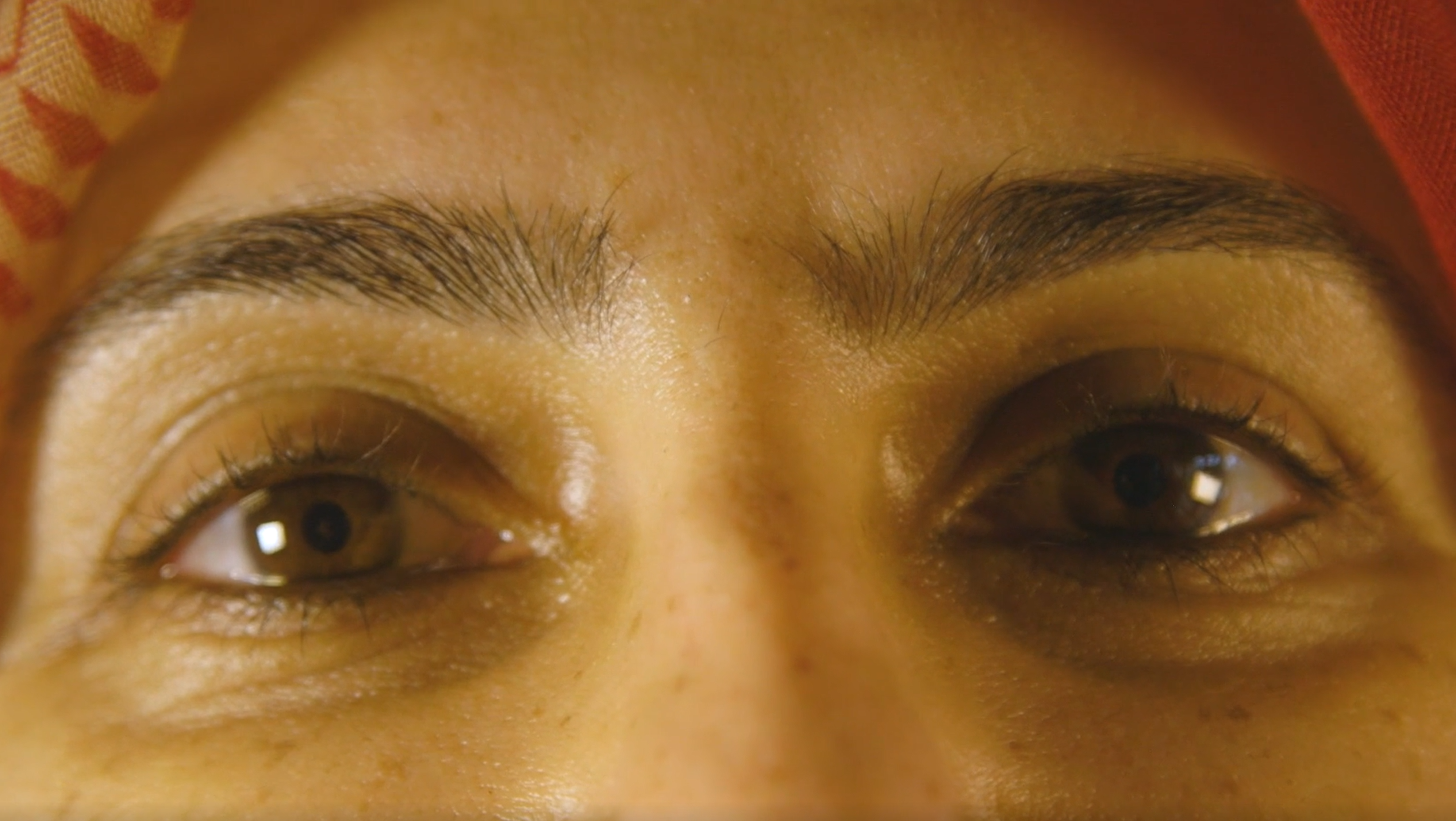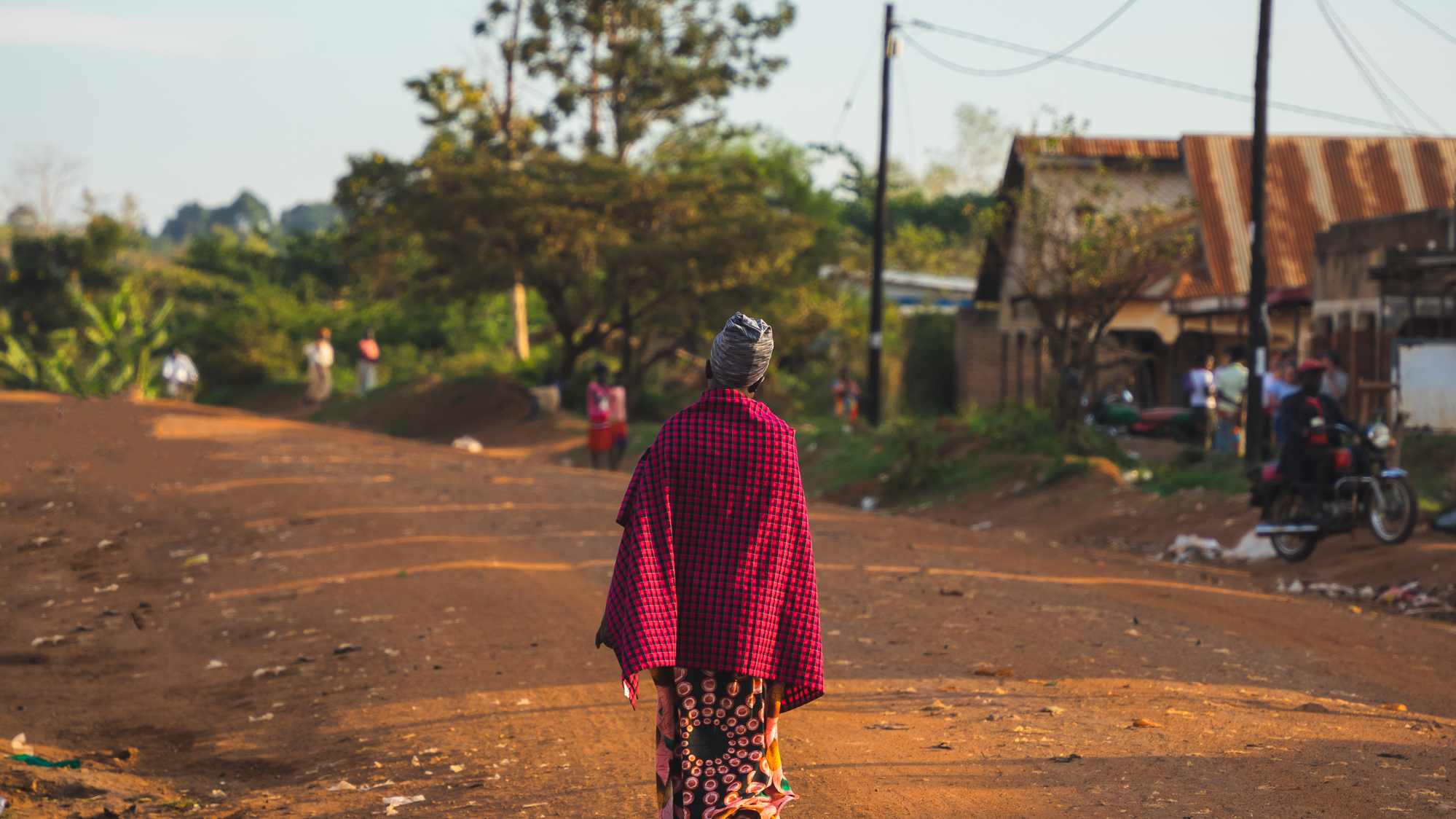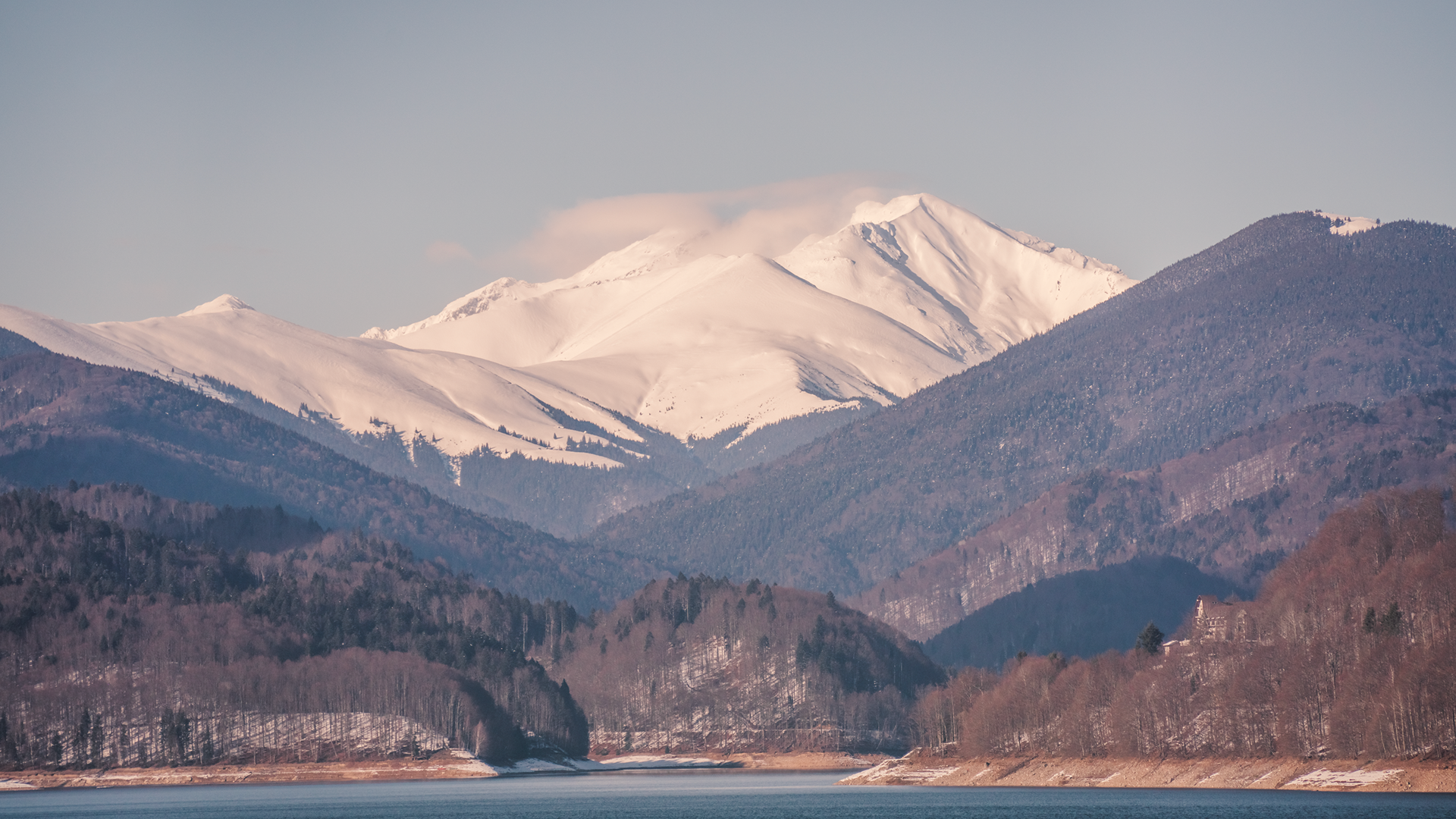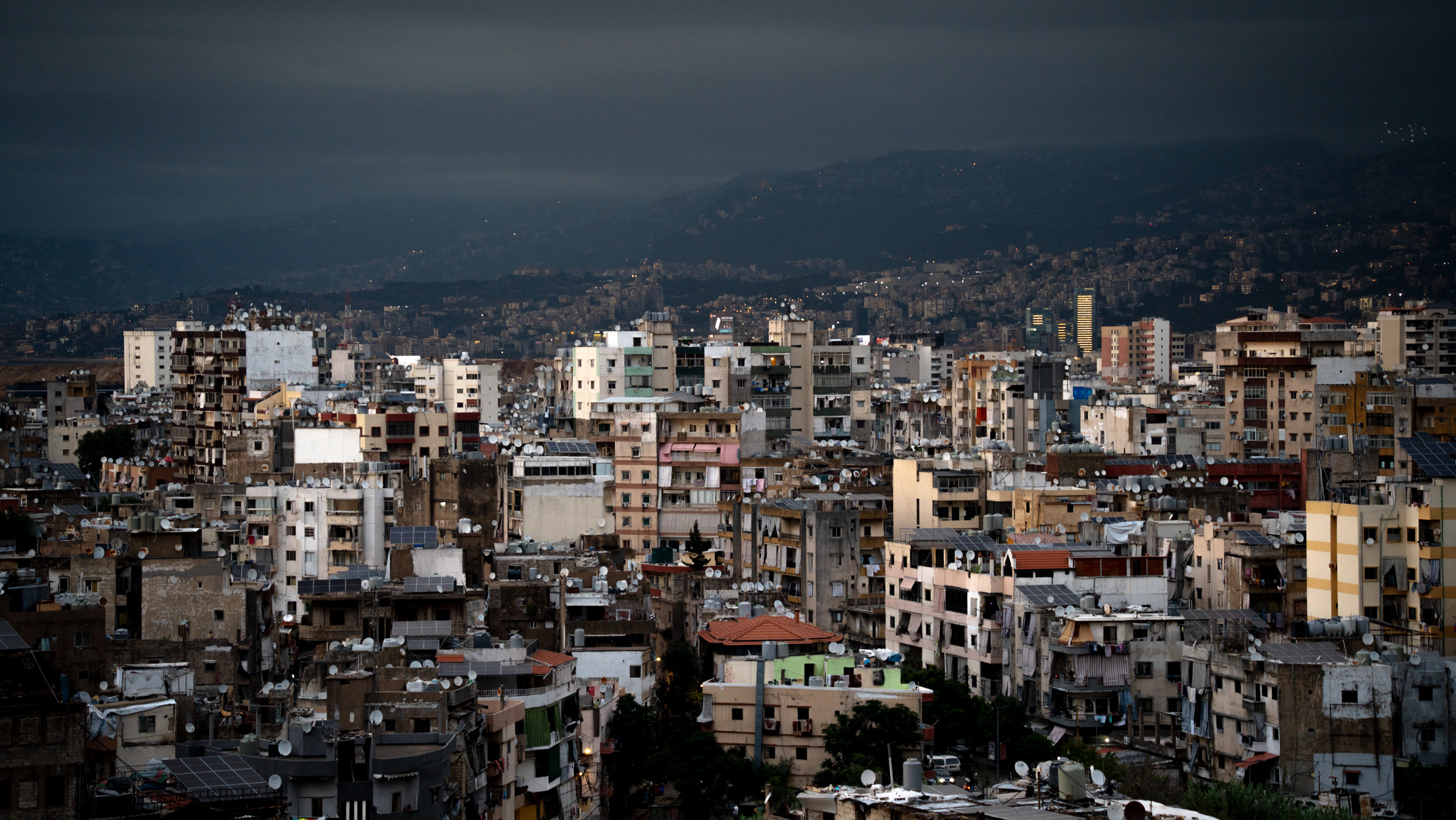Mandugal Village, Kamdesh District, Afghanistan.
A young Nuristani girl peers though an opening in a fence.
The view from an abandoned US bunker, now used as a Taliban lookout post.
The Landai Sin river in spate prevents transit through Bashgal Valley.
Image: Kamdesh Annual Archery Competition.
Archers in the contest.
A sport present in many Islamic texts, archery is Sunnah, an activity the prophet Mohammed specifically encourages.
Competitive spirit led to fury at the Kamdesh Annual Archery Competition.
Mouhamed Hashim
A man shepherds a herd of goats in the Parun valley.
Hope and responsibilities lie with future generations of Afghans.
A meeting of teachers from Najaran village.
A group of young outlaws assemble on the main road of Barg-i Matal.
A man guides his livestock down the side of a treacherous ravine, away from summer pastures.
Bashgal Valley, Nuristan
